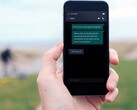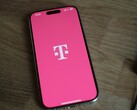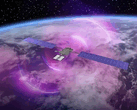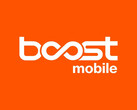While many global cellular network providers have expressed their interest in Starlink's direct-to-cell satellite connectivity service, New Zealand's One NZ and T-Mobile in the US were first to actually deploy it.
One NZ has been running a Starlink connection option since November, while T-Mobile just launched it in July, so the New Zealand carrier is one step ahead in the additional services that its satellite link offers.
Starlink promised that IoT connectivity will be arriving this year and, sure enough, One NZ is now offering it to subscribers of its satellite service. Beekeepers in New Zealand are already putting the first Starlink IoT connection option to good use.
Through equipment thrown together with off-the-shelf components, they monitor things like temperature and humidity in their beehives deployed in remote areas in New Zealand that are often very suitable for honey harvesting, but without cellular coverage.
Such undertaking was prohibitively expensive for many beekeepers before Starlink's direct-to-cell constellation, reports the company who provides the beehive monitoring equipment that hooks hives up to the One NZ Satellite service. This, apparently, is no longer the case, and they can now monitor their beehives remotely for honey gathering tips or to decide whether to move the beehives to greener pastures without breaking the bank.
T-Mobile has confirmed that it will be offering IoT connectivity with T-Satellite as well, perhaps in time with the data download service that will launch for it in October.
In the meantime, T-Mobile upgraded the T-Satellite plan with multimedia messaging, allowing photos, GIFs, and short video or audio clips to be sent from areas without cell tower coverage. The Multimedia Messaging Service of T-Satellite only works on Samsung phones like the Galaxy S25 Ultra that is now $300 off over at Amazon, though.


















